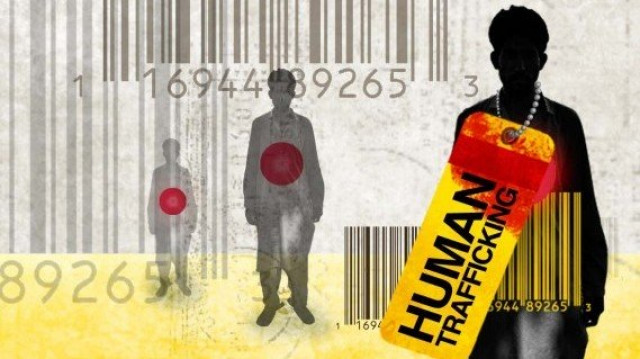

The Red Book compiled by the Federal Investigation Agency (FIA) shows the figure was pegged at 132 in the year 2012 and 95 in 2011. A senior FIA official has warned this state of affairs carries grave implications. For if the government fails to tackle human trafficking this year, Pakistan would slip in the ranking of nations meeting the minimum standards of the Trafficking Victims Protection Act (TVPA), a US law under which foreign governments are coordinated to prevent trafficking and protect victims. This means the country risks losing financial aid and other privileges. While this should indeed be a concern, as the aid flow drying up means the efforts already being made to cut off the roots of trafficking would further slacken, more important is the need to treat the problem with the seriousness it warrants.
The statistics presented by the FIA to a lawmakers’ panel should be enough to jolt the authorities out of their slumber. An approximately 8,000 people comprise the nexus of 141 human smugglers who have illegally sent 8,234 Pakistanis to the Middle East, European and African countries since 2009. The agency even knows where the most-wanted men come from and pinpoints Gujrat and Gujranwala as the districts where they are chiefly concentrated. This information, one is inclined to think, should be enough to nail down the culprits in their home turfs with relative ease. If that is not the case, the agency should continue efforts to track them down wherever they are. The innocent people who fall prey to their guile and lose lifelong savings deserve to be saved from their clutches.
Published in The Express Tribune, February 25th, 2014.
Like Opinion & Editorial on Facebook, follow @ETOpEd on Twitter to receive all updates on all our daily pieces.













COMMENTS
Comments are moderated and generally will be posted if they are on-topic and not abusive.
For more information, please see our Comments FAQ